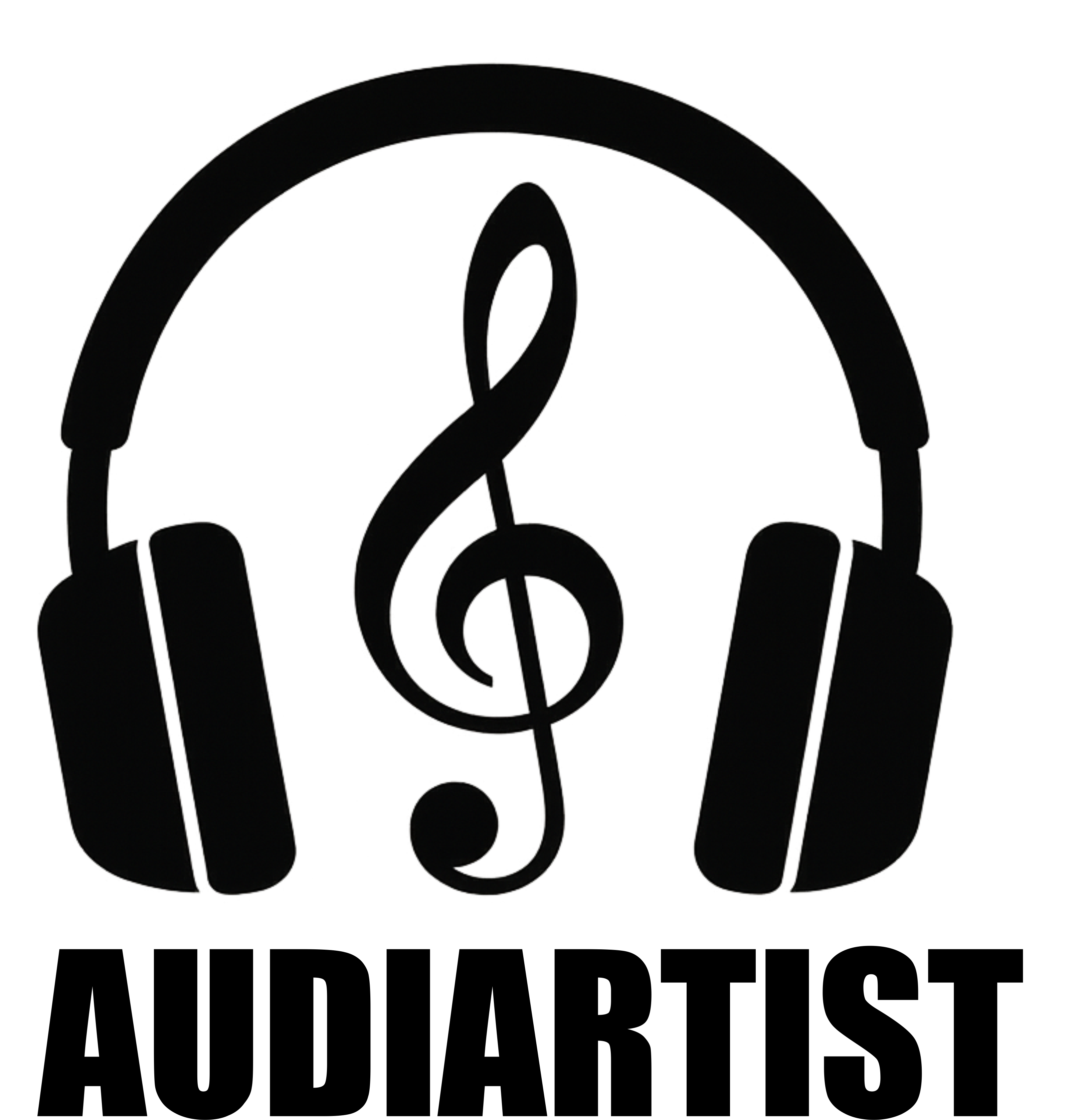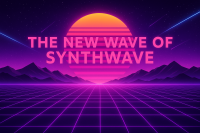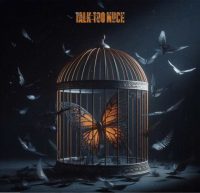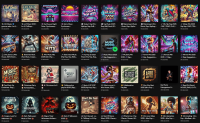Origins of Synthwave
Synthwave emerged in the mid-2000s, heavily influenced by 1980s pop culture, movies, video games, and music. The genre draws inspiration from the soundtracks of classic films such as « Blade Runner, » « Tron, » and « The Terminator, » as well as the music of artists like John Carpenter, Vangelis, and Tangerine Dream. The revival of interest in 80s culture and the advent of digital audio workstations (DAWs) enabled musicians to create and distribute their music more easily, contributing to the genre’s rise.
Main Artists in Synthwave Music
Several artists have become synonymous with the synthwave genre. Some of the most notable include:
- Kavinsky – Known for his hit « Nightcall, » which featured in the film « Drive, » Kavinsky’s music epitomizes the dark, cinematic side of synthwave.
- Carpenter Brut – Blending heavy metal influences with electronic beats, Carpenter Brut’s intense sound has made him a standout in the genre.
- Com Truise – Recognized for his unique « mid-fi » synthwave sound, Com Truise’s music offers a blend of nostalgia and futuristic vibes.
- Perturbator – With a style that ranges from dark and brooding to energetic and danceable, Perturbator has a wide-ranging appeal within the synthwave community.
- FM-84 – Known for his smooth, melodic synthwave tracks, FM-84 often collaborates with vocalists to create memorable songs.
Subgenres of Synthwave
Synthwave has evolved to encompass a variety of subgenres, each with its own distinct flavor:
- Outrun – Named after the classic arcade game, Outrun features fast-paced, driving beats and a neon-lit aesthetic.
- Darksynth – A darker, more aggressive take on synthwave, often featuring heavy, distorted synths and a dystopian vibe.
- Dreamwave – Characterized by its mellow, atmospheric soundscapes, Dreamwave offers a more relaxed, ethereal listening experience.
- Spacesynth – Inspired by science fiction themes, Spacesynth often features cosmic soundscapes and futuristic elements.
- Futuresynth – A blend of classic synthwave with modern electronic music influences, Futuresynth bridges the past and present.
The Evolution of Synthwave Music
Synthwave has continuously evolved since its inception. Initially rooted in the nostalgic revival of 1980s sounds, the genre has expanded to incorporate diverse influences and modern production techniques. Collaborations between synthwave artists and mainstream musicians have brought the genre to a wider audience. Additionally, the visual aesthetics of synthwave, often characterized by neon colors and retro-futuristic imagery, have permeated various aspects of popular culture, including fashion and video games.
As technology advances, synthwave continues to adapt, blending traditional synthesizer sounds with contemporary electronic music trends. This evolution ensures that while synthwave remains rooted in nostalgia, it also stays relevant in the ever-changing landscape of music.
Conclusion
Synthwave music is a testament to the enduring appeal of 1980s culture and the innovative spirit of modern electronic music. From its origins in the mid-2000s to its current status as a beloved genre with numerous subgenres, synthwave has captivated audiences with its unique blend of nostalgia and futurism. As the genre continues to evolve, it promises to keep pushing the boundaries of music and creativity, ensuring its place in the hearts of fans for years to come.
« `
![]()














